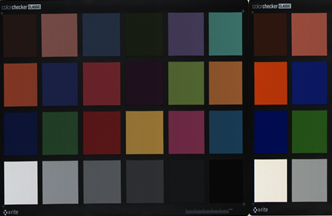 While I was in graduate school at McMaster University, a friend of mine was working on a challenging goal – creating a biocompatible smart polymer that was responsive to both temperature and light.
While I was in graduate school at McMaster University, a friend of mine was working on a challenging goal – creating a biocompatible smart polymer that was responsive to both temperature and light.
Specifically, it needed to be a liquid at room temperature, form a gel upon being injected into the eye, and then doctors needed to be able to tune its pore size (to control release of the drug in the polymer) by subjecting it to UV light.
This was a challenging combination of polymer properties to achieve since the light-sensitive monomer was inherently insoluble. My friend’s desk was piled high with annotated journal papers on smart polymer formulations that she was using as her basis for experimentation.
After watching her struggle through several unsuccessful attempts at satisfying the conflicting design constraints, I suggested a multivariate model-based approach – the same approach I was using to understand and reformulate muffin batters for PepsiCo. She was skeptical. And it meant learning multivariate analysis when she was already buried in journal papers about polymer formulations…
…so she carried on with her experiments. The process of synthesizing polymers in the lab was time-consuming; the reactions took up to 24 hours and were followed by a two-day filtration step, several days of dialysis, and finally freeze-drying. She often accomplished her lab work at odd hours and on weekends for faster access to in-demand lab equipment, but still the process was long. Sometimes, the synthesis steps didn’t even yield enough polymer to characterize.
Eventually, she decided to take a stab at using a multivariate model-based approach, and we collaborated on the model-building and development of new formulations. Read about our success in formulating a biocompatible smart polymer using multivariate analysis.




